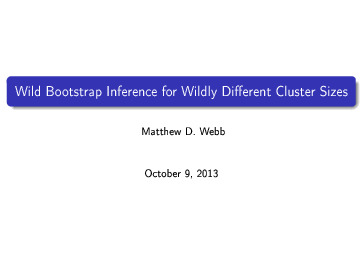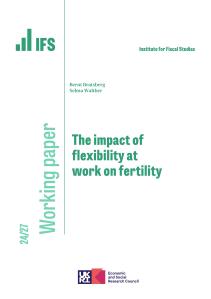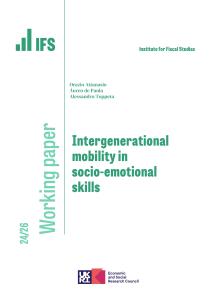The cluster robust variance estimator relies on the number of clusters being large. The precise meaning of `large' is ambiguous, b ut a shorthand `rule of 42' has emerged in the literature. Underlying this rule is an assumption of equal sized clusters. We find that relaxing this assumption overturns the rule. We present Monte Carlo evidence using data which mimics the populations of the US states. Rejection frequencies at the five percent level can be twice the desired size, but using a cluster wild bootstrap procedure usually results in rejection frequencies that are very close to the desired size. When the test regressor is a dummy variable, the proportion of clusters treated has a large impact on the performance of the tests. A second set of simulations uses placebo laws to see whether similar results hold in a difference -in - differences framework.










